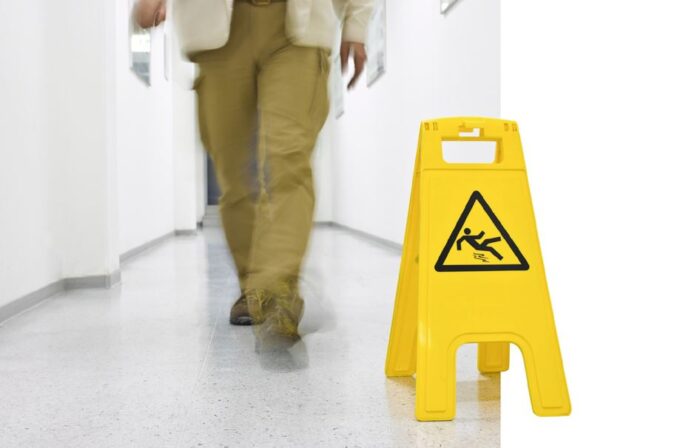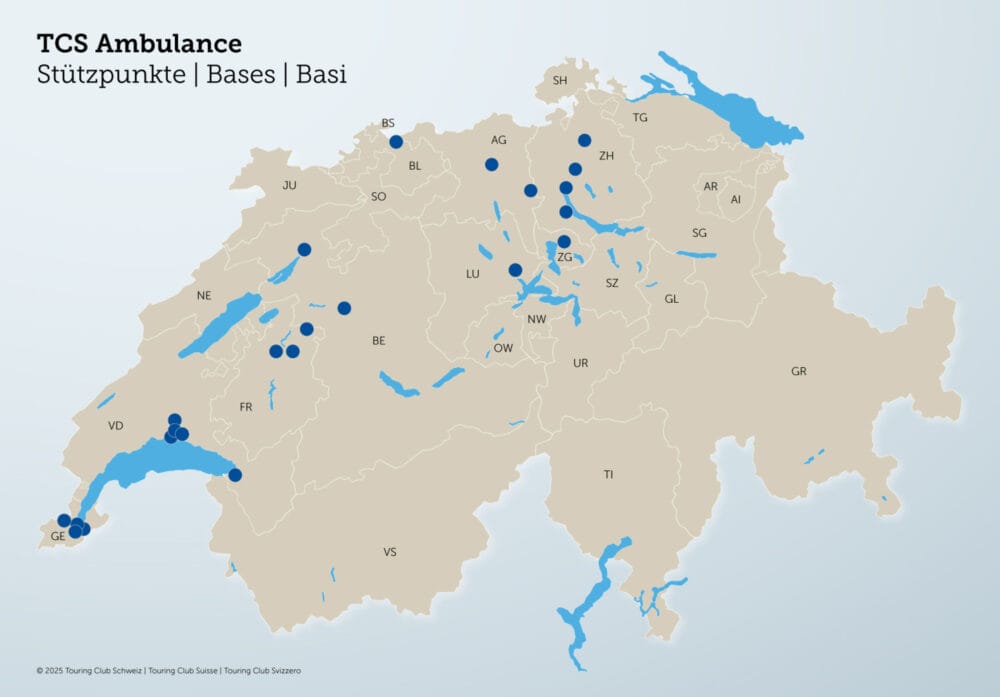Preventing near-accidents - with the accident pyramid
From dangerous situations to near misses to the worst case - the industrial accident: With the help of the so-called accident pyramid, all incidents in the company can be analyzed.

In the analysis of occupational accidents, the model of the Accident pyramid is frequently used. This involves determining the distribution of different accident severities, which are stacked on top of each other according to frequency. The result is a pyramid shape. Accident researchers therefore often speak of the "safety pyramid".
The accident pyramid serves as a statistical frequency distribution.
The accident pyramid is usually divided into four levels:
- Near-accident: risky behavior without serious consequences
- Minor accident: minor injuries, continued work possible without loss of working hours
- Serious accident: severe injuries with medical care, downtime
- Fatal accident: injuries resulting in death
Various accident pyramids
The pioneer of the classic accident pyramid was Herbert William Heinrich. In 1931, he investigated the influence of a company's safety culture on the number of accidents. Using the results of several thousand workplace accidents, he determined a pyramid based on the distribution of accidents. Known as "Heinrich's triangle," the safety pyramid resulted in a distribution of 300 incidents - i.e., accidents without injury consequences - and 29 minor accidents, with only one fatal or serious occupational accident. For this reason, it is often known today as "Heinrich's Triangle 300-29-1".
Bird accident pyramid
Occupational safety expert Frank E. Bird also analyzed more than 1.7 million accidents in 1996. Like Heinrich, he recognized that serious accidents occur relatively rarely. The classification of his accident pyramid was more precise: He divided accidents into fatal accidents and serious accidents with lost working hours, lighter accidents and near misses. Bird's study resulted in a 1-10-30-600 ratio. This means that for every 1 fatal accident, there are 10 serious accidents, 30 accidents requiring medical intervention, and 600 near misses.
Du Pont accident pyramid
The Du Pont accident pyramid is somewhat less well known. As the model with the most levels, first aid cases are also a component here. Furthermore, near-accidents are included in the extended category of unsafe behaviors. Not surprisingly, however, Du Pont also shows a significant correlation between the number of unsafe acts and the number of minor, severe and fatal accidents.
What a good error culture includes
- Employees can express errors or deficiencies in operational protective measures at any time without fear of sanctions or embarrassment.
- With the help of simple and time-saving reporting options, near misses can be systematically recorded by anyone.
Sources of accidents and errors are dealt with transparently. Employees who report near misses are given confidentiality and anonymity. - The goal is continuous improvement processes. To learn from the accident pyramid, reported safety risks are evaluated and necessary measures are derived.
- Employees also receive feedback on reported incidents.
- The error culture is anchored in the corporate guidelines and is communicated to employees, for example, in regular briefings.
The right reporting culture of near misses is therefore crucial. Many large companies are therefore now turning to digital reporting systems such as iManSys from domeba back. However, the application is also worthwhile for small and medium-sized companies. All the details of the incident can be entered in the digital accident report. Finally, necessary measures can be derived. Furthermore, the recording of dangerous situations is also possible.
Free e-books on iManSys
www.domeba.de/aktuelles/media









